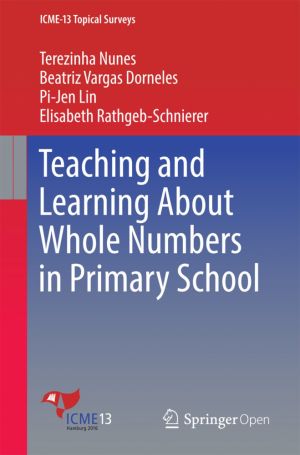- Регистрация
- 27 Авг 2018
- Сообщения
- 37,878
- Реакции
- 550,782
- Тема Автор Вы автор данного материала? |
- #1

This book offers a theory for the analysis of how children learn and are taught about whole numbers. Two meanings of numbers are distinguished – the analytical meaning, defined by the number system, and the representational meaning, identified by the use of numbers as conventional signs that stand for quantities. This framework makes it possible to compare different approaches to making numbers meaningful in the classroom and contrast the outcomes of these diverse aspects of teaching. The book identifies themes and trends in empirical research on the teaching and learning of whole numbers since the launch of the major journals in mathematics education research in the 1970s. It documents a shift in focus in the teaching of arithmetic from research about teaching written algorithms to teaching arithmetic in ways that result in flexible approaches to calculation. The analysis of studies on quantitative reasoning reveals classifications of problem types that are related to different cognitive demands and rates of success in both additive and multiplicative reasoning. Three different approaches to quantitative reasoning education illustrate current thinking on teaching problem solving: teaching reasoning before arithmetic, schema-based instruction, and the use of pre-designed diagrams. The book also includes a summary of contemporary approaches to the description of the knowledge of numbers and arithmetic that teachers need to be effective teachers of these aspects of mathematics in primary school. The concluding section includes a brief summary of the major themes addressed and the challenges for the future. The new theoretical framework presented offers researchers in mathematics education novel insights into the differences between empirical studies in this domain. At the same time the description of the two meanings of numbers helps teachers distinguish between the different aims of teaching about numbers supported by diverse methods used in primary school. The framework is a valuable tool for comparing the different methods and identifying the various assumptions about teaching and learning.
DOWNLOAD:



